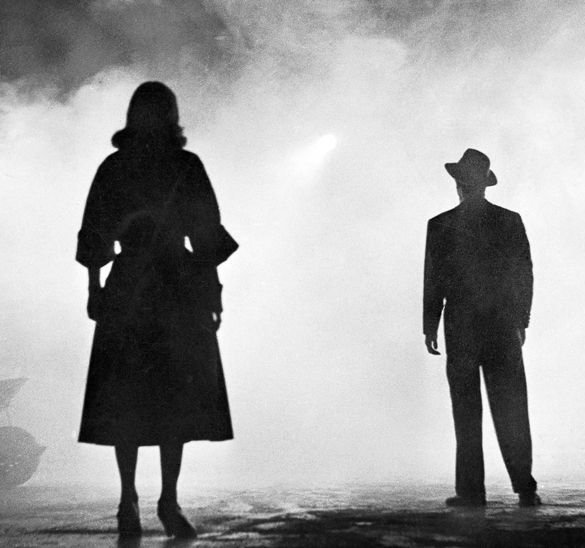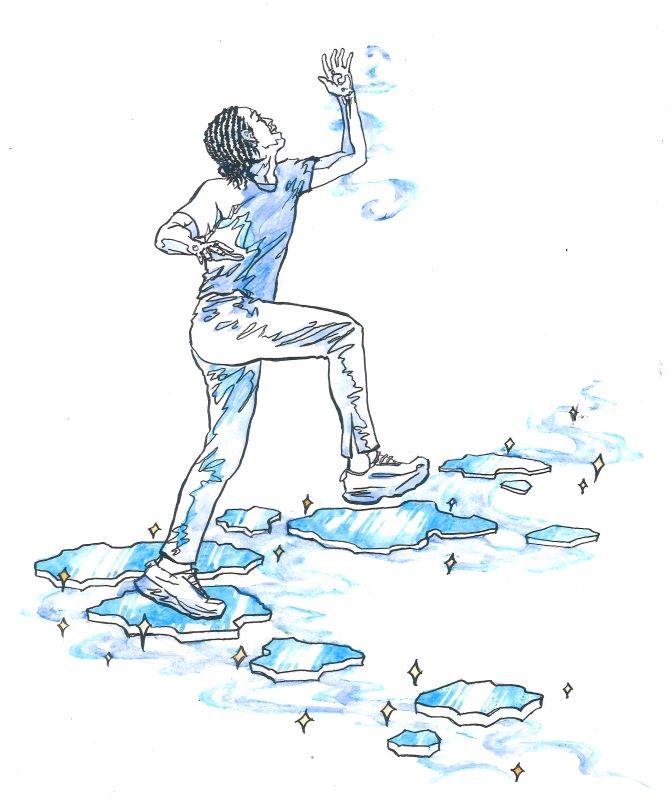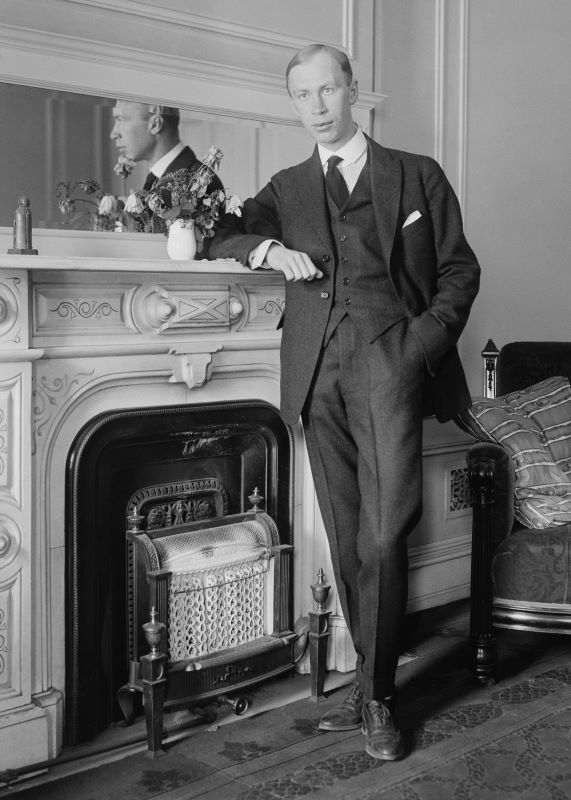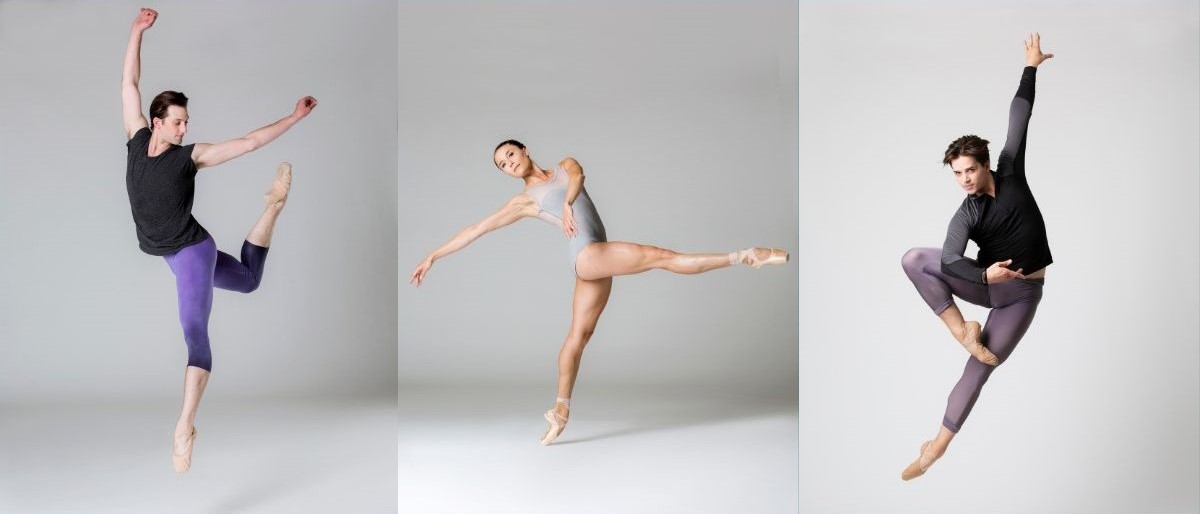
By Jackson Cooper
Film Noir is one of Hollywood’s most inventive artistic movements. Beginning in the 1940s, a number of screenplays in Hollywood moved away from the escapist fantasies of the Great Depression towards a more realistic, darker view of the world. These stories were inspired by the hardboiled crime novels popular at the time, and were told in a highly stylized way with overly theatrical acting, shadowy imagery, and a foreboding tone of dread throughout. Hollywood was no longer in Kansas anymore.
Noir films captured an America that lies, deceives, murders, and gets away with it all. This experimental approach to moviemaking allowed for filmmakers to subvert the norms of story and character, often with gender. The Production Code, adopted by Hollywood in 1934, confined female characters to passive housewives and heiresses. Female characters were devoid of financial independence, bodily autonomy, and were always subservient towards the leading man’s desire. before film noir arrived, a woman on the silver screen could only cook, have children, or get married.
The creation of the film noir genre turned these norms upside down with the introduction of one of the genre’s tropes: the Femme Fatale. These strong female characters held power over their male counterparts and provided actresses with juicy roles. Femme Fatales were devious, cunning, and self-reliant, often tempting the male character into acts of murder as a crime of passion, twisting intentions and dooming both from the start.
Iconic actresses put in career- and genre-defining performances in film noire as Femme Fatales including Barbara Stanwyck in Double Indemnity, Joan Crawford in Mildred Pierce, Lana Turner in The Postman Only Rings Twice, and Yvonne De Carlo in Criss Cross.


In Crystal Pite’s Plot Point, Mrs. Smith resembles another noir character type: The Girl Next Door, a guileless doe-eyed character who is the embodiment of good in a world of evil. A typical Girl Next Door character is thrust into committing or witnessing terrible events that skew her view of the world from rose-colored to nihilistic. Janet Leigh’s Marion Crane in Alfred Hitchcock’s Psycho closely resembles that of Mrs. Smith. Psycho is undoubtedly one of the most influential films, credited for spawning the entire slasher movie subgenre. However, it has been debated as being a noir film because of Marion’s Girl Next Door turning to theft and ultimately paying the price for her criminal act.
It’s a shame Hitchcock or composer Bernard Herrmann did not live long enought to see Pite’s inventive storytelling at play with Plot Point. No doubt they would have been proud.
INTRIGUED BY FILM NOIR? Here are a few classic noir films:
Double Indemnity (1944)
Laura (1944)
Detour (1945)
The Big Sleep (1946)
Gilda (1946)
Mildred Pierce (1946)
The Postman Always Rings Twice (1946)
Out of the Past (1947)
Pitfall (1948)
Criss Cross (1949)
Kiss Me Deadly (1955)
Branded to Kill (1967)
Chinatown (1974)
Body Heat (1981)
Brick (2005)
Drive (2011)
Nightmare Alley (2022)
Featured photo: Still from The Big Combo (1955), courtesy of BBC Films.
Photos: Rita Hayworth in The Lady from Shanghai (1947). Ann Blyth and Joan Crawford in Mildred Pierce (1945).


